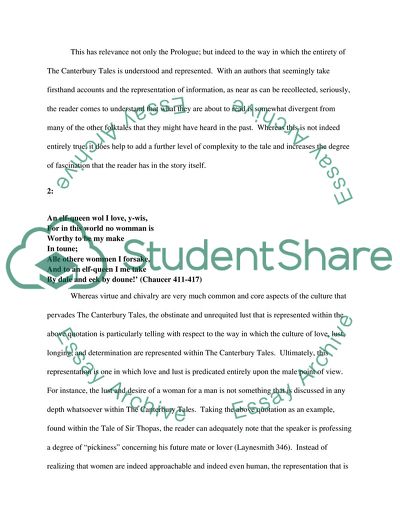Cite this document
(Chaucer and the Middle Ages: The Canterbury Tales Assignment, n.d.)
Chaucer and the Middle Ages: The Canterbury Tales Assignment. https://studentshare.org/literature/1820827-chaucer-and-the-middle-ages-the-canterbury-tales
Chaucer and the Middle Ages: The Canterbury Tales Assignment. https://studentshare.org/literature/1820827-chaucer-and-the-middle-ages-the-canterbury-tales
(Chaucer and the Middle Ages: The Canterbury Tales Assignment)
Chaucer and the Middle Ages: The Canterbury Tales Assignment. https://studentshare.org/literature/1820827-chaucer-and-the-middle-ages-the-canterbury-tales.
Chaucer and the Middle Ages: The Canterbury Tales Assignment. https://studentshare.org/literature/1820827-chaucer-and-the-middle-ages-the-canterbury-tales.
“Chaucer and the Middle Ages: The Canterbury Tales Assignment”. https://studentshare.org/literature/1820827-chaucer-and-the-middle-ages-the-canterbury-tales.


